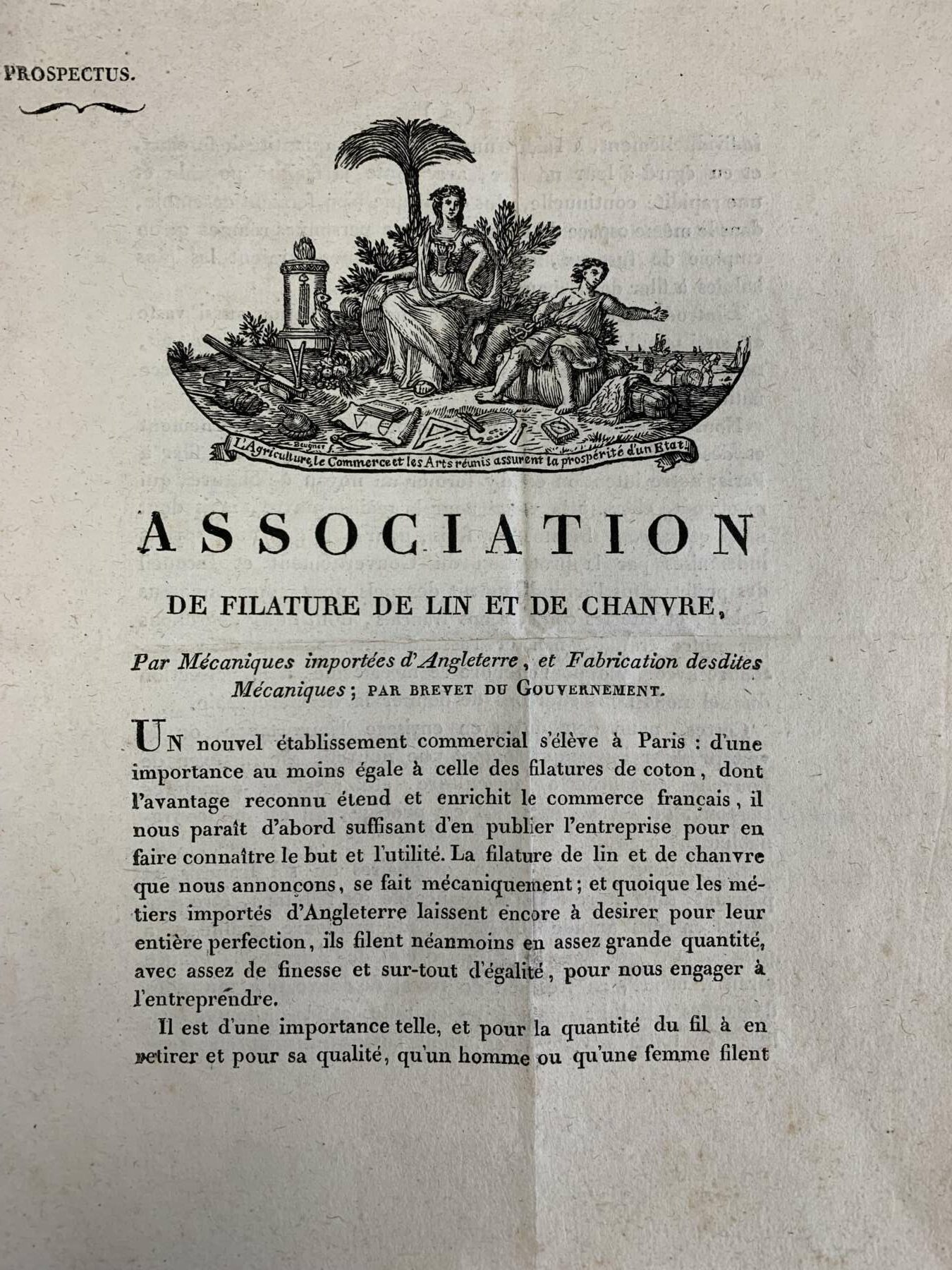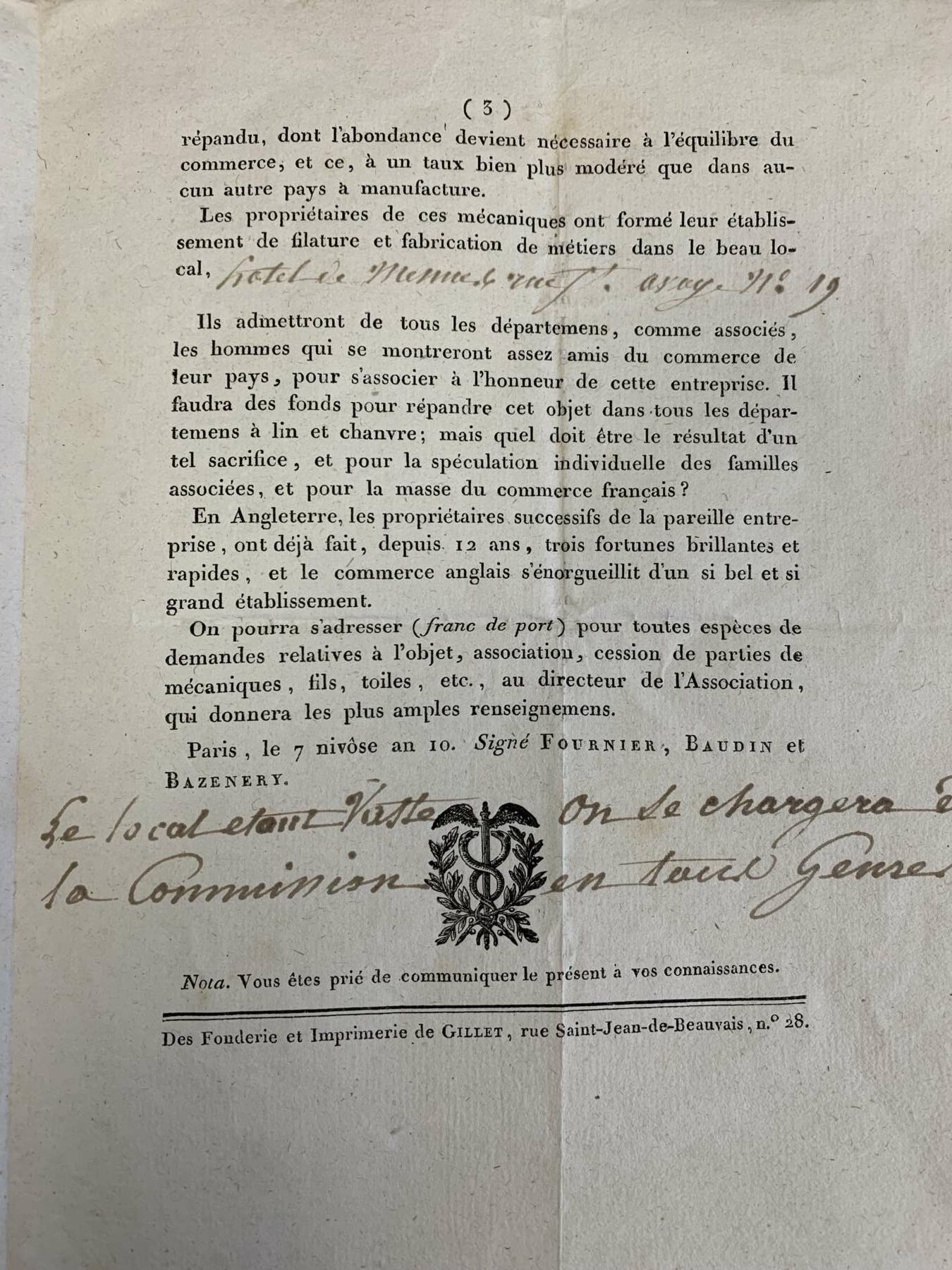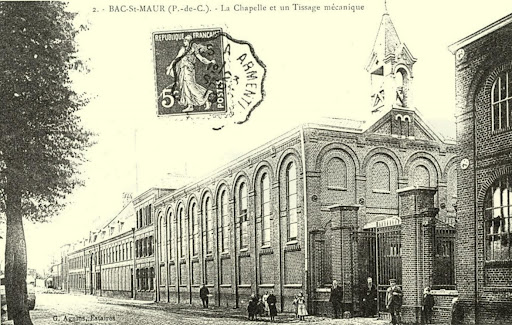The Lys Valley, located between France and Belgium, is a region rich in history and textile traditions. For centuries, it has been the cradle of linen cultivation, a know-how that has been handed down from generation to generation. The river, which flows through the fertile lands of northern France and Flanders, has played a crucial role in the economic and industrial development of French spinning.
The Vallée de la Lys is more than just an agricultural and industrial area ; it’s part of a wider European context. Throughout history, it has been an economic crossroads linking the major textile centers of Europe, notably the Netherlands, England and Italy. Its flax was prized across the continent, feeding textile industries from Bruges to Venice. Today, the French and European flax industry is still facing global challenges, but it is distinguished by a return to its roots and a relocalization of linen production, thanks in particular to companies such as Safilin.
This article retraces the history of flax in the Vallée de la Lys, from ancient times to the present day, highlighting the major historical events, emblematic figures and technical and industrial developments that have marked this activity.



Flax in Antiquity and the early Middle Ages
Flax has been grown in the Lys Valley since antiquity. The Gauls, who were already cultivating flax for its fibers and seeds, were well aware of the virtues of this textile plant. With the arrival of the Romans, the art of weaving flax yarn was perfected and structured. Flax became an essential export product for the Roman Empire, used for tunics, ships’ sails and papyrus writing. The region’s markets became major distribution points, where high-quality fabrics and fibers were traded.
Under Charlemagne, French linen became a major economic issue. Edicts regulated its production and encouraged the development of spinning in France. Flax from the Vallée de la Lys was prized for its quality, and its retting in the pure waters of the river gave it unequal suppleness and strength. The monasteries played an active role in flax processing, perfecting spinning and weaving techniques that were passed on to subsequent generations.
The golden age of flax and the development of corporations (12th-15th centuries)
In the Middle Ages, the Lys Valley became a major center for linen production. The rise of cloth-producing towns such as Lille, Kortrijk and Ghent boosted the flax and hemp industry. Master weavers, grouped into guilds, structured production and marketed their fabrics throughout Europe. Bruges, then one of Europe’s most prosperous commercial centers, exported linen fabrics as far afield as the Orient.
During this period, linen yarn was exported to England and Italy, while flax retting became an essential technique for improving fiber quality. The region’s weavers developed fabrics renowned for their finesse and strength, and appreciated by the royal courts of Europe. The local economy prospered thanks to these international exchanges, reinforcing the Vallée de la Lys’ central role in European textile trade.
Wars, crises and renewal (16th-18th centuries)
The Wars of Religion and the Industrial Revolution disrupted the linen industry. The Hundred Years’ War, Spanish invasions and the French Revolution left their mark on the Lys Valley, disrupting the linen economy. Looting and destruction slowed down the production and distribution of linen cloth, jeopardizing the local industry.
However, the 18th century saw a revival in French spinning, with innovations such as linen twine and improved looms. The arrival of new mechanical processes improved production and made French linen more competitive on the world market. Despite growing competition from cotton, Vallée de la Lys linen maintains its prestige, thanks in particular to the traditional skills preserved by the region’s weavers.
The linen industry in the 19th and 20th centuries : from apogee to decline
The 19th century marked the heyday of spinning in France, particularly with the Industrial Revolution. Emblematic companies like Safilin set up shop and modernized production. The mechanization of spinning mills enabled flax yarn to be produced on a large scale, reducing costs and making linen accessible to a wider public.
However, competition from cotton and massive industrialization led to a slow decline in flax growing in Europe. The rise of synthetic fibers in the 20th century dealt a severe blow to the flax industry. Many spinning mills closed their doors, leading to the gradual disappearance of this ancestral know-how. The Vallée de la Lys, once prosperous thanks to flax, saw its textile activity shrink considerably. Only a few companies, such as Safilin, continue to perpetuate this tradition, adapting to changing market conditions.

The 21st Century : towards a french linen renaissance
Faced with ecological challenges and the search for sustainable materials, French linen is enjoying a new renaissance. Labels such as Master of Linen guarantee the traceability and quality of linen yarn produced in France. Many fashion and design brands are once again turning to this natural fiber, favoring short supply chains and environmentally-friendly production methods.
Safilin is playing a key role in re-establishing spinning mills in France, particularly in the Vallée de la Lys, thus reviving an ancestral textile heritage. After several decades of relocation, the company has revived local production, guaranteeing the quality of French linen while respecting strict ecological standards. Thanks to its commitment, French spinning has been given a new lease of life, attracting the attention of designers and manufacturers keen to promote sustainable, responsible fashion.
This initiative is part of a Europe-wide drive to revitalize local industries in the face of competition from Asian textiles. With the support of public policies and industry players, the Vallée de la Lys is once again becoming a key textile hub, restoring French linen to its former glory.
The history of flax and the Vallée de la Lys is inseparable from the region’s and Europe’s identity. From ancient times to the present day, this flax crop has stood the test of time, adapting to crises and innovations, and establishing itself as a pillar of the local economy.
Today, the revival of French flax, driven by committed players like Safilin, is a veritable renaissance for this ancestral industry, which is regaining its place on the international stage. With a return to the values of sustainability and excellence, the Vallée de la Lys is asserting itself more than ever as a land of innovation and textile tradition.
